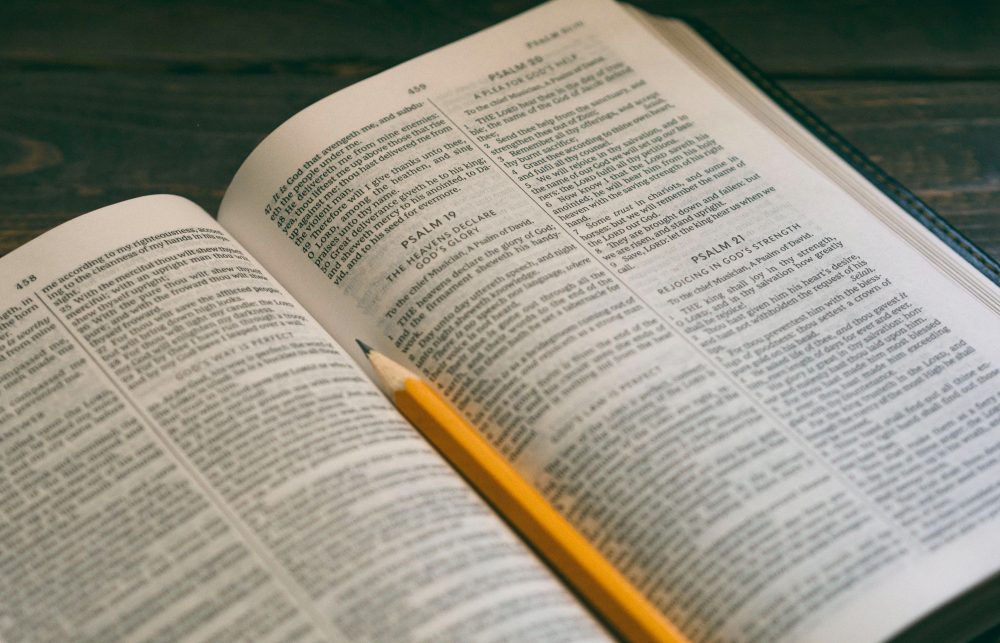Jesus was a ‘man of sorrows, and familiar with suffering” (Isaiah 53:3). The Garden of Gethsemane demonstrates Jesus was no impassive Stoic, but experienced extreme emotions (Matthew 26:38, Luke 22:41-44). Reviewing the gospels reveals at least seven dimensions of the sorrow he would have felt at his crucifixion. By considering the “Seven Sorrows of the Cross” we can gain a greater appreciation for the significance of the Crucifixion.
Series Points:
- DREAD: His whole ministry was overshadowed by the Cross – Jesus lived every day in anticipation of the agony at the end of the road (Matt 16:21, Mark 10:45, etc.). Thought Exercise: If you could choose to know the future, would you want to know the day of your death? What if a horrible end awaited you? How would that foreknowledge change your life in the present?
- FORBODING: Jesus was not only focused on his own future suffering, but he also carried the weight of knowing the impending doom of his own people, of the terrible judgement that would soon fall on Israel because of their unbelief. Even as he staggered to the Cross, this was on his mind (Luke 19:44, 23:27-31, etc.).
- ABANDONMENT: In his time of need, Jesus’ closest friends let him down (Matt 26:36-46). Judas betrayed him – Simon denied him – most of the Twelve, his closest friends, scattered into the darkness like frightened rabbits (Mark 14:50-52).
Illustration: The hymn “Night, with Ebon Pinion” refers to “Christ, the man of sorrows” and contains this line: “He, for our transgressions, Had to weep alone. No friend with words to comfort, Nor hand to help was there, When the Meek and Lowly humbly bowed in prayer.”
- HUMILIATION: Crucifixion was the most shameful death possible (Hebrews 12:2, Galatians 3:13). In the first century before Christ the great Roman orator Cicero famously cataloged this form of execution as the “most cruel and terrifying penalty” (In Verrem, 2.5.165) Cicero also said: “Let the very word ‘cross’ be far removed from not only the bodies of Roman citizens, but even from their thoughts, their eyes, and their ears.”
To make matters worse, Jesus died in front of mother (John 19:26), which caused her to experience a parent’s worst nightmare (see Luke 2:34-35). NOTE: I would consider preaching this on March 30, which is Mother’s Day.
- PHYSICAL SUFFERING: The pain of a crucifixion was “excruciating” – a word derived from the Latin crux, which means “a cross.”
For a vivid reminder of the horror of crucifixion, consider another first-century Jew, a man named Jehohanan, whose bones contained a grisly testimony to the manner of his execution! An iron nail that was used to fasten Jehohanan to his cross is still embedded in his foot! The nail still contained traces of the wood from his cross.
https://en.wikipedia.org/wiki/Jehohanan
- SEPARATION: One of the heartbreaking aspects of the crucifixion is the anguished cry of Jesus – “My God, my God, why have you forsaken me?” (Mark 15:34/Psalm 22:1), as “God made him who had no sin to be sin for us, so that in him we might become the righteousness of God” (2 Corinthians 5:21).
- DEATH (Hebrews 2:9,14-18).
Dan Williams
